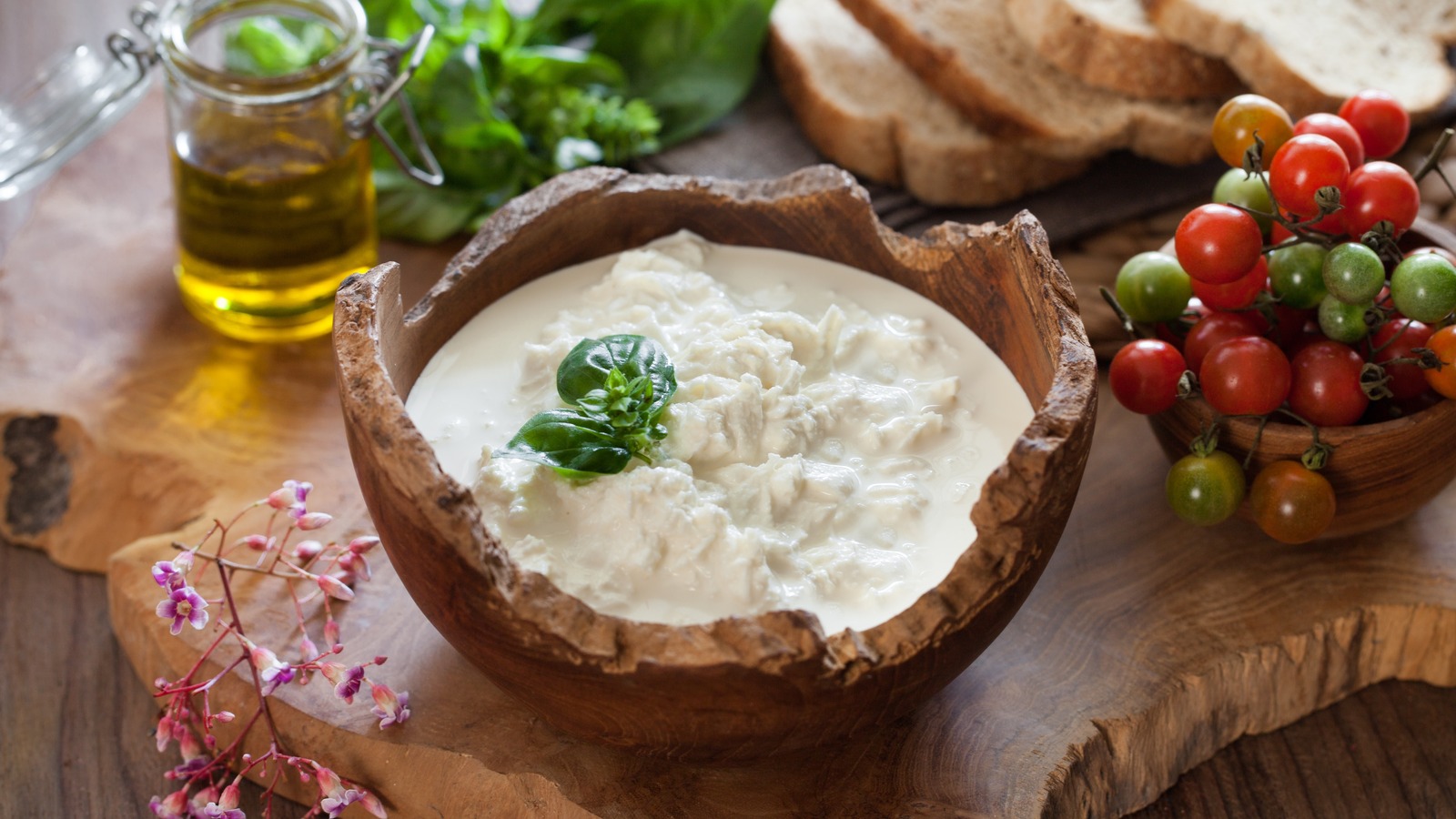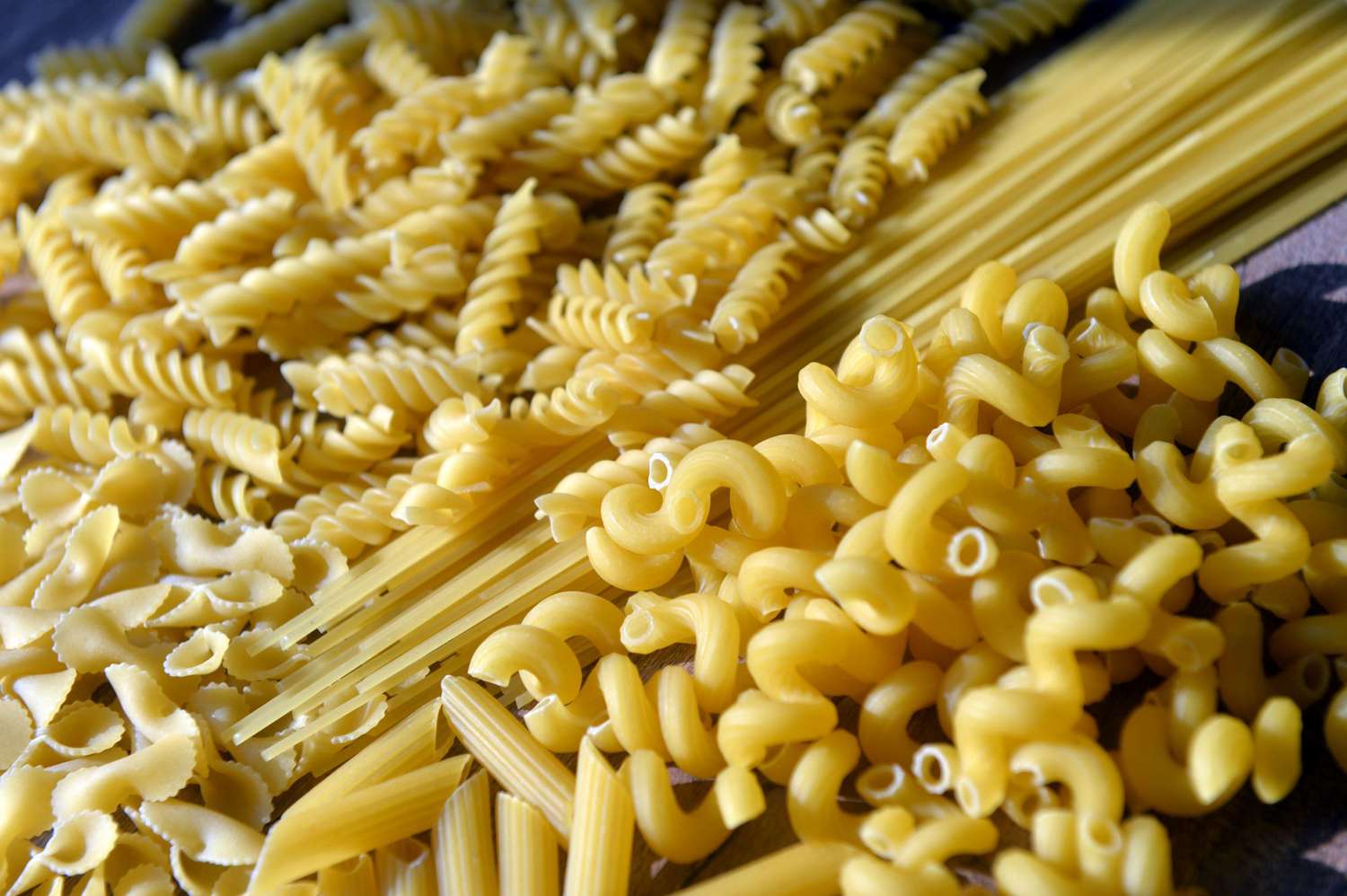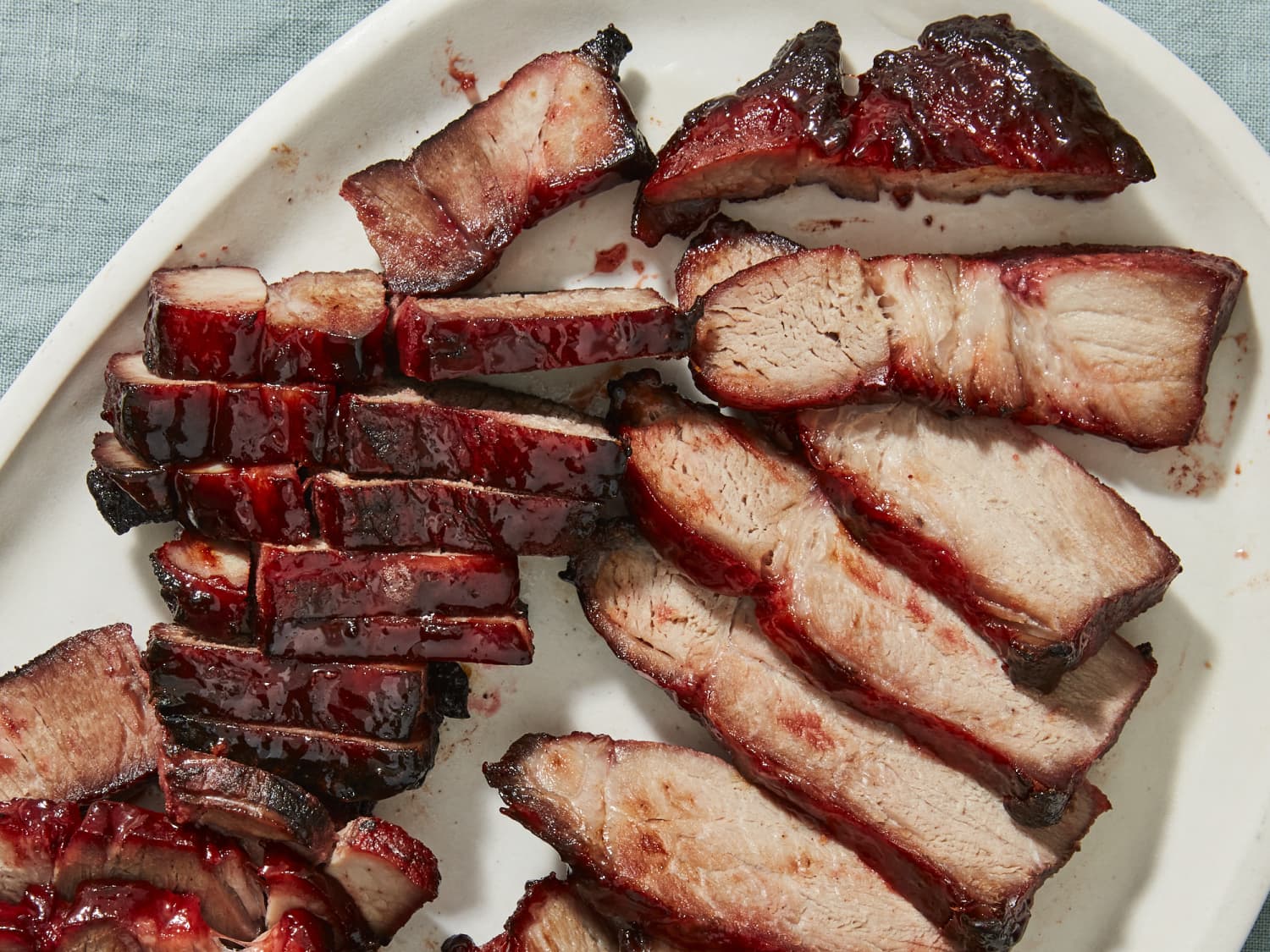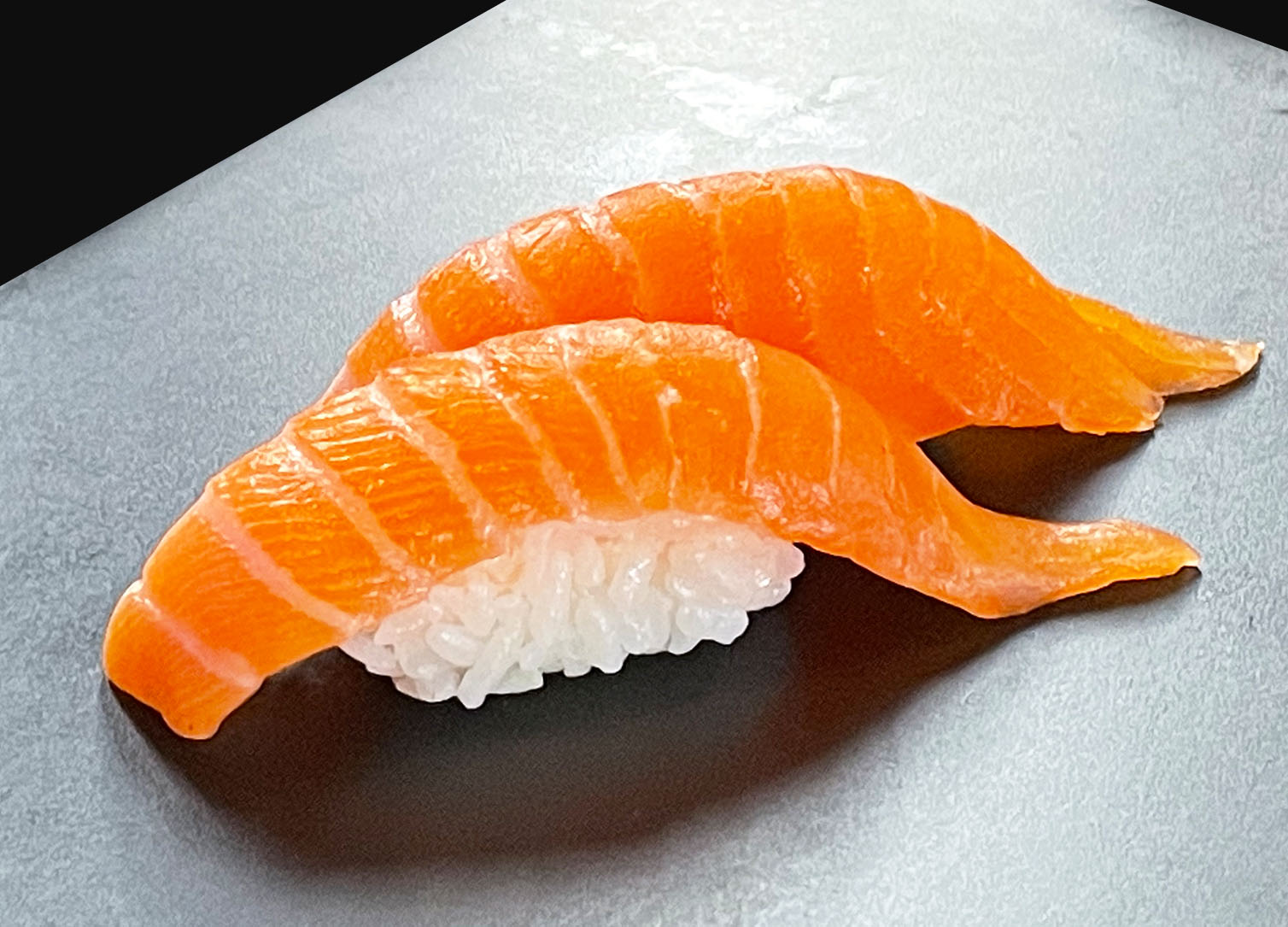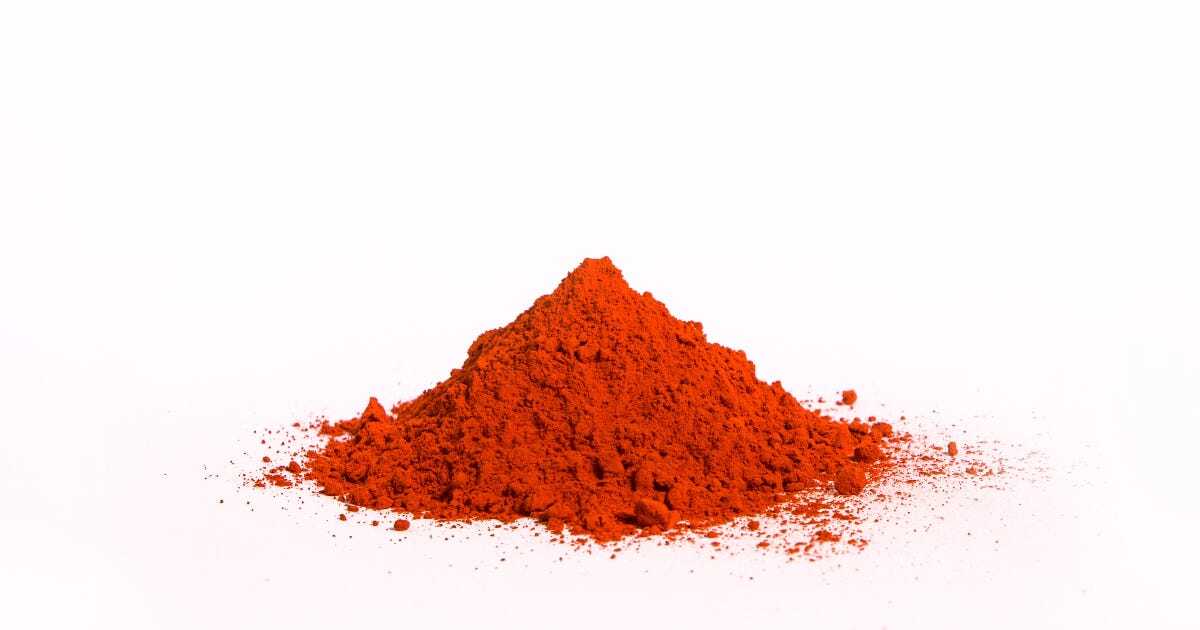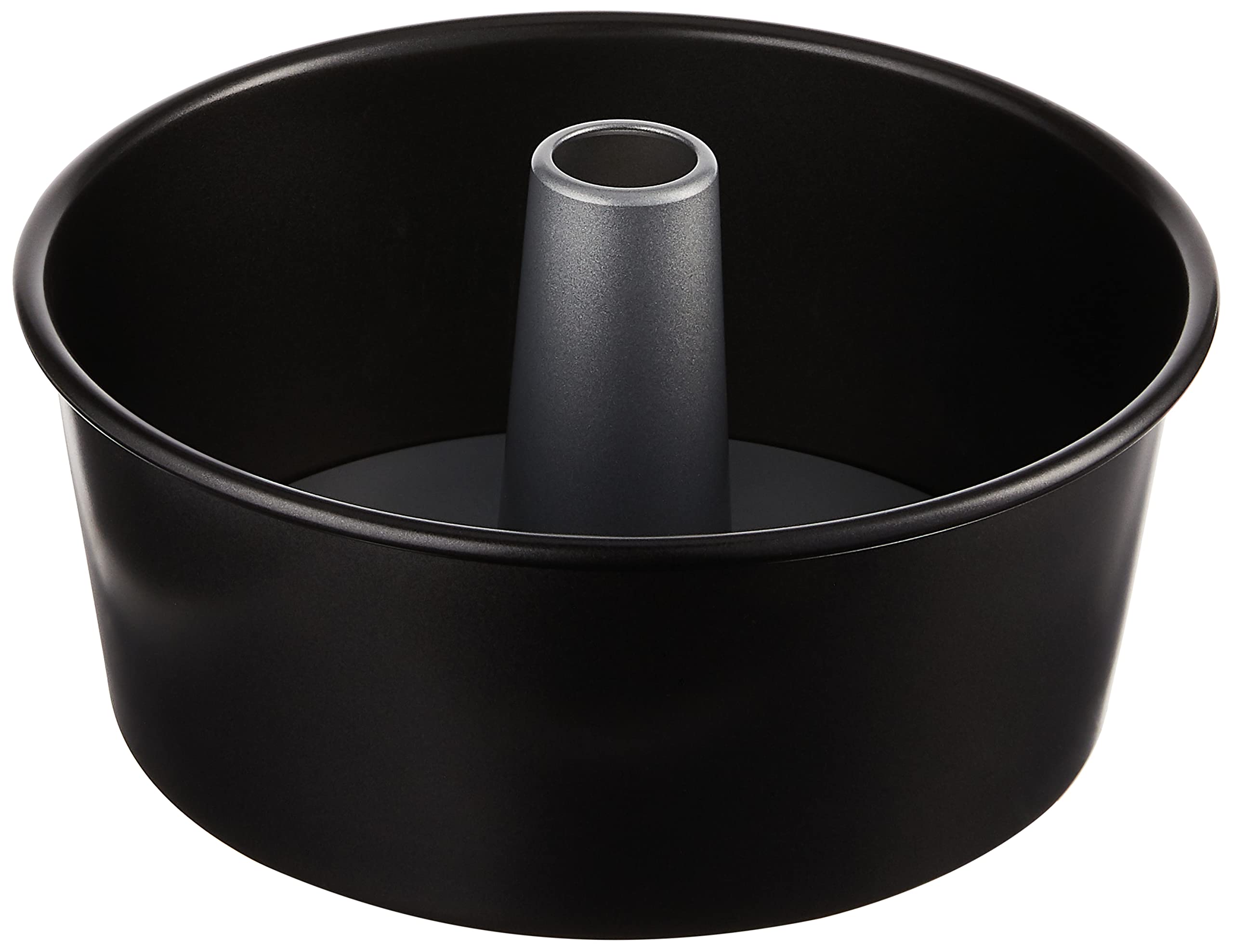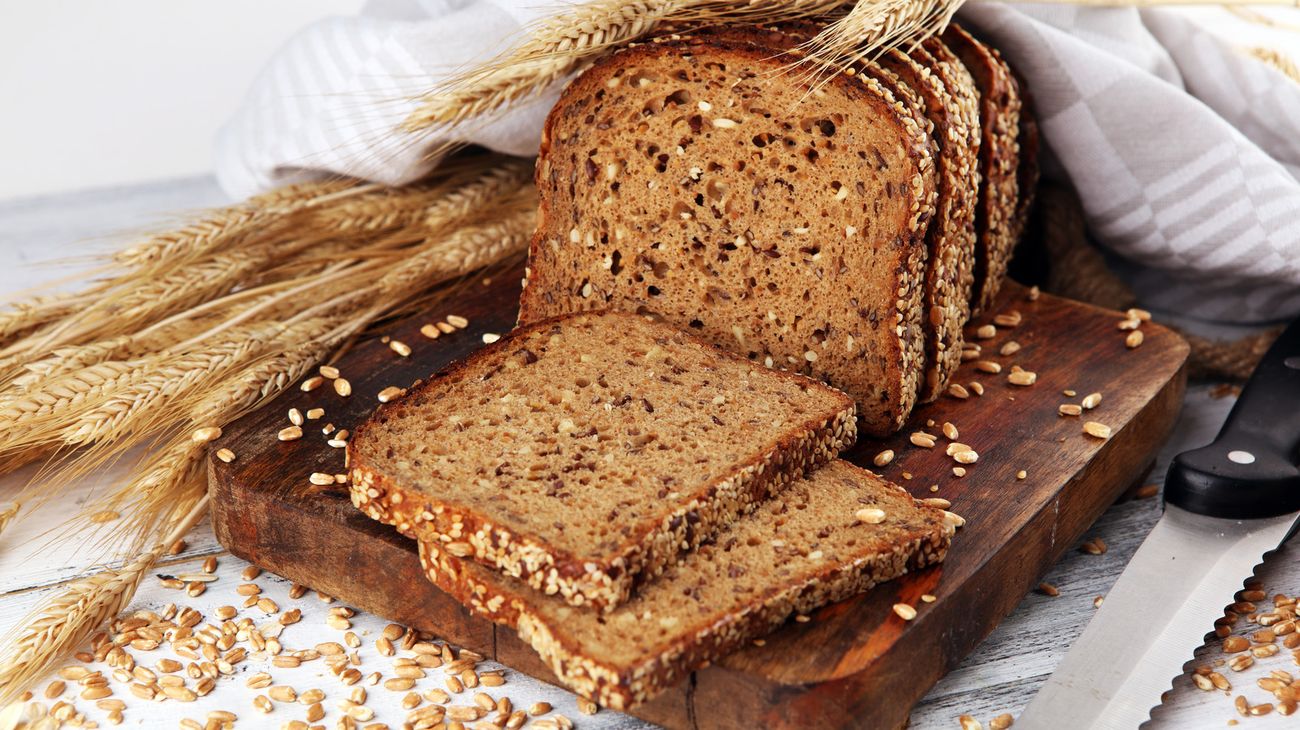When it comes to sushi, there are countless varieties to choose from, each offering a unique blend of flavors and textures. One such variety is the Tamago Sushi Roll, which stands out for its delicious simplicity and delightful taste. In this article, we'll explore what exactly a Tamago Sushi Roll is, its key ingredients, and what makes it such a popular choice among sushi enthusiasts.
Understanding Tamago Sushi Roll
Tamago Sushi Roll, also known as Tamago Nigiri, is a type of sushi that features a sweet and fluffy omelette as its main ingredient. The word "tamago" actually translates to "egg" in Japanese, highlighting the central role that this ingredient plays in the creation of this delectable sushi roll.
Key Ingredients
The key ingredients used in making a Tamago Sushi Roll include:
-
Eggs: The primary component of the Tamago Sushi Roll is a sweetened omelette made from eggs. The eggs are mixed with sugar, soy sauce, and sometimes mirin to create a slightly sweet and savory flavor profile.
-
Sushi Rice: Just like other types of sushi, the Tamago Sushi Roll is crafted using sushi rice, which is seasoned with rice vinegar, sugar, and salt.
-
Nori: The sushi rice and omelette are wrapped in a sheet of nori, which is dried seaweed.
The Making of Tamago Sushi Roll
The process of making a Tamago Sushi Roll involves several steps:
-
Preparing the Omelette: The omelette is made by whisking together eggs, sugar, soy sauce, and sometimes mirin. The mixture is then cooked in thin layers and rolled into a log shape.
-
Preparing the Sushi Rice: Sushi rice is seasoned with a mixture of rice vinegar, sugar, and salt to add flavor and stickiness.
-
Assembling the Roll: A sheet of nori is laid out, and a layer of seasoned sushi rice is spread over it. The omelette is then placed on top of the rice, and the entire assembly is rolled into a cylindrical shape using a bamboo mat.
Why Tamago Sushi Roll is Popular
The Tamago Sushi Roll is beloved for several reasons:
-
Delicate Flavor: The sweet and savory flavor of the omelette pairs perfectly with the seasoned sushi rice, creating a delicate and satisfying taste.
-
Textural Contrast: The soft, slightly sweet omelette contrasts beautifully with the chewy texture of the sushi rice and the slight crispness of the nori.
-
Accessibility: The mild flavor of the Tamago Sushi Roll makes it an excellent choice for those who are new to sushi or prefer milder flavors.
Enjoying Tamago Sushi Roll
When enjoying a Tamago Sushi Roll, it's common to dip it lightly in soy sauce before taking a bite. The combination of flavors and textures is sure to delight the palate of sushi enthusiasts and newcomers alike.
In conclusion, the Tamago Sushi Roll is a delightful and accessible sushi option that showcases the beauty of simplicity and expertly balanced flavors. With its sweet omelette, seasoned rice, and nori wrapping, it's a true testament to the artistry of sushi-making. Whether you're a sushi aficionado or a newcomer to Japanese cuisine, the Tamago Sushi Roll is definitely worth a try!
